In this installment of Pro Audio you’ll learn about the passive and active DI boxes and some of the most popular options on the market.
What is a DI Box?
A direct box (sometimes referred to as a direct input box) is used to convert an unbalanced high-impedance signal (like the output of a guitar or keyboard) to a balanced low-impedance signal at microphone level. This prevents noise from being added over longer cable runs. At its core, a DI is essentially a transformer that uses electromagnetic induction to pass signal from the input to output without hard wiring. As a result, ground loops and electrical noise are eliminated since the audio signal is isolated between input and ouptut.
Most DI boxes are outfitted with one input and two outputs—one as an output to your console, PA system, or audio interface, and the other as a thru-output. The thru-output can be particularly useful if you want to use a guitar amp while simultaneously capturing the direct signal out of an instrument. And just to reiterate, the output of a DI is at mic level, so you will need a mic pre to bring it up to line level.
Active vs Passive DIs
• What is a Passive DI box?
In a passive DI box, no power is required in order for the audio signal to convert from high-impedance to low-impedance. Since there is basically just a transformer and no active circuitry, passive DI boxes offer a more pleasant distortion compared to their active DI counterparts. In a passive DI box, a smooth and saturated tone will be produced as the transformer is driven harder.
It should be noted though, that passive DIs are not ideal for lower output instruments like older basses and electric guitars. Often times these vintage instruments have relatively low output, and the lack of active circuitry in the passive DI means that there simply isn’t enough power to boost the weak signal. However, passive DIs are a great choice for higher output instruments like electric keyboards, synths, and guitars that use batteries to drive their pickup outputs. This is not to say that a passive DI box can’t be used with vintage instruments, your mileage may vary.
• What is an Active DI?
In contrast to passive DIs, active DIs require a power source. In most cases, this is either a 9V battery or phantom power (supplied over an XLR cable), though some active DIs have a built-in power supply that plugs into an electrical outlet. More importantly, active DI boxes include a preamplifier in order to provide a higher output signal. This makes them ideal for low output instruments like vintage electric guitars, basses, and keyboards. A well-designed active DI will perform its function quietly and transparently. Active DIs can also allow for longer cable runs, particularly when used with older guitars that might use single-coil pickups.
Most commercial studios have a variety of DI boxes in inventory so that their engineers can make the best selection for a particular source. There are plenty of great-sounding passive and active DI boxes available—here are a few popular options:
Passive Direct Boxes
Radial ProDI — $99
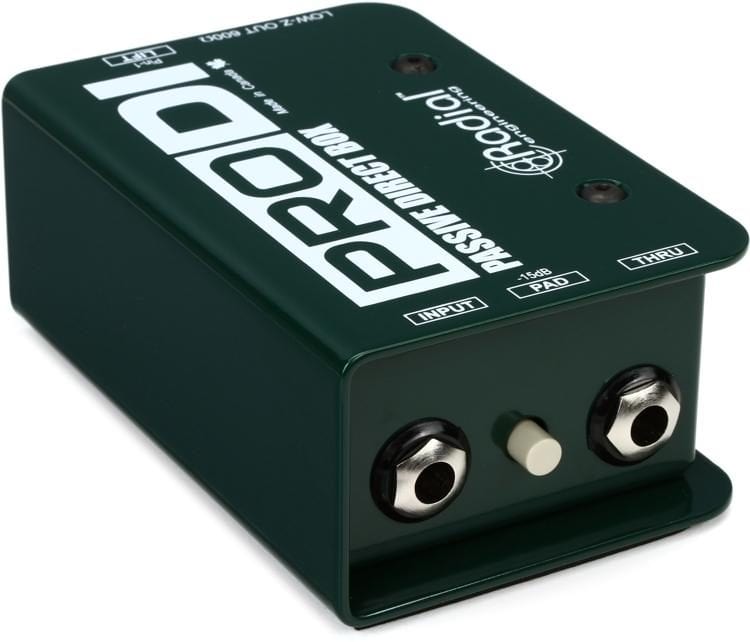
The Radial ProDI is an industry-standard compact, passive direct box that’s perfect for home studios. It’s simple to operate, features a custom isolation transformer to eliminate noise, and is built like a tank.
Whirlwind IMP 2 — $60
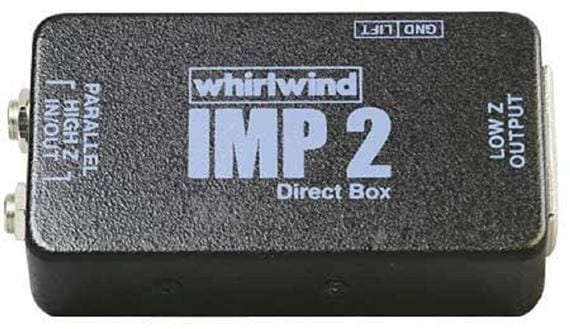
The Whirlwind is another quality passive direct box featuring 1/4″ parallel wired in/out jacks, an XLR output, ground lift switch, and Whirlwind’s TRHL transformer.
Behringer Ultra-DI DI400P — $23

At just $23, the Behringer DI400P is the most budget-friendly DI on this list. It offers respectable performance and includes 1/4″ ins and outs, a gold-plated XLR output, a “super-flat frequency output”, and a rugged metal case. While the DI400P may not be well-suited for the use and abuse of commercial studio facilities, it’s a great choice for anyone who has a home studio and needs something that just works.
Active Direct Boxes
Rupert Neve Designs RNDI — $269
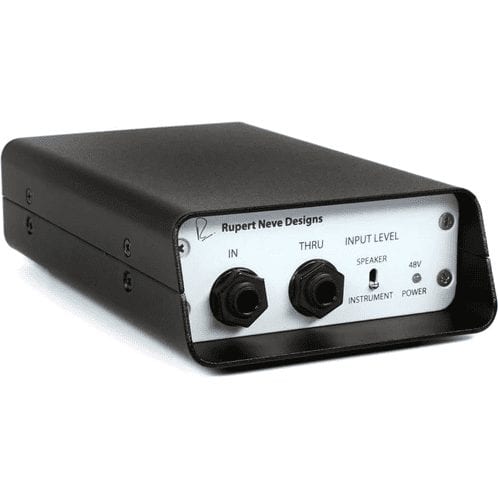
The RNDI is an impressive direct box that offers a big, bold tone for basses, guitars, keyboards, and more. Custom-designed transformers deliver powerful low end and sweet, smooth highs. And while it offers a flat frequency response from 20Hz-20kHz, it is capable of an extended range from 10Hz up to 100kHz and above!
The RNDI is simple to set up and is phantom powered, sports a rugged steel chassis, and includes an LED current consumption meter. It’s one of the most impressive direct boxes available.
Radial J48 — $199

The Radial J48 is an active direct box that’s been specifically designed to work around the limited current that is available when using 48-volt phantom power. With the J48, one of Radial’s most important goals was to increase headroom without sacrificing sound quality. The result is a direct box that offers exceptionally low harmonic distortion and will not “choke” when driven. As with all Radial products, the construction quality is excellent and features welded I-beam construction.
Avalon U5 – $715

I have to admit — I saved my favorite for last. The Avalon U5 is an absolutely gorgeous-sounding active direct box. Whether used in conjunction with a bass, acoustic guitar, or keyboard, anything I’ve ever plugged into one of these has come to life in a magical way. At over $700 the Avalon U5 is a serious investment, especially for a direct box, but it is truly in a class of its own. The U5 features 100% discrete, pure Class-A circuitry, variable gain up to +30dB, exceptionally low noise, and offers your choice of mic or line-level outputs. While it is outfitted with all the functionality you’d expect to find in a DI, it brings even more to the table. A tone knob provides six ways to shape the sound of your source signal before sending it out to your amp, console, or audio interface. It’s also different from any DI on this list, in that it requires AC power from an outlet — no batteries or phantom power here. Budget permitting, I can guarantee you won’t be sorry if you treat yourself with this one.
Conclusion
If you’re recording at home and using an audio interface with a 1/4″ instrument input, a dedicated direct box may significantly improve the quality of the audio you capture from certain instruments like guitars, basses, and keyboards. Whirlwind and Radial make great, reliable products that are reasonably affordable on most home studio budgets, and while solutions from Rupert Neve and Avalon may offer an even more significant upgrade in sound quality, they’re certainly viable options for everyone.
I hope you now have a basic understanding about the difference between passive and active direct boxes, and I hope you are all still making plenty of music as we continue to live through this pandemic.
In my next article, we’ll discuss the difference between balanced and unbalanced audio signals and cables. Stay safe and healthy!
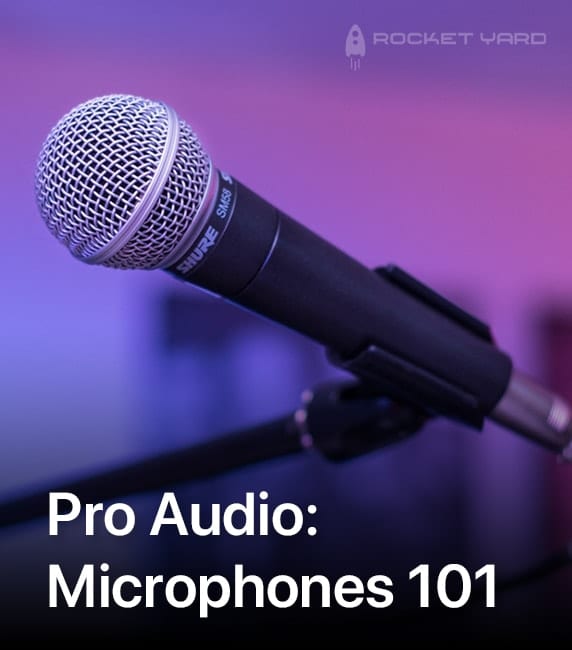




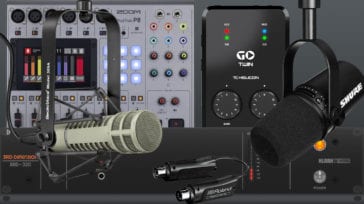


Interesting stuff–thanks for the info. Ironically I have been plugging my guitar and bases directly into my MacBook Pro using an adapter to get the 1/4″ phono plug down to the 1/8″/3 mm size and it works great. I’ve recorded a lot of things this way and can adjust the EQ in Garageband, and choose the amps I like from the selections available. The only thing that has been an issue is microphones–it’s been hit or miss (mostly miss LOL!). I have good Shure mics and tried some different cables but it’s been disappointing. I was considering a Steinberger Direct box for the mic. A review of the different products would be a welcome post if you have the time? I’m an amateur when it comes to recording but have used tape cassette studios in the past and enjoy doing covers as well as original pieces. I imagine there are many people out there like me.
The ‘Thru’ output on a DI box is normally not mic level, but is at the same level as whatever is plugged into the Input. In lower-end boxes, it is simply a ‘Y’ of the Input, while others like Radial, offer a Merge function that can be used to electrically sum the Input and Thru connections, without each loading down the other. (Stereo outputs, for example, should never be combined with a Y-cable.)
I think it also bears mentioning that the most common problem using passive DI boxes on Bass guitars, is because most use inexpensive transformers. Low frequencies need a transformer with a lot more ferrous metal in it than is needed for higher frequencies, and the good transformers, like Jensen, cost more than the purchase price of a typical low-end DI. Compare any of the passive boxes listed above with the Radial JDI, which was not listed, and the difference in LF performance will be an eye (or ear) opener. The JDI also does not load down passive bass pickups the way a cheaper transformer DI will.
Hey Jeff,
You’re right! I did not mean to at all imply that the thru output was at mic level. I’ll see what I can do to clean up the language to make it clearer.